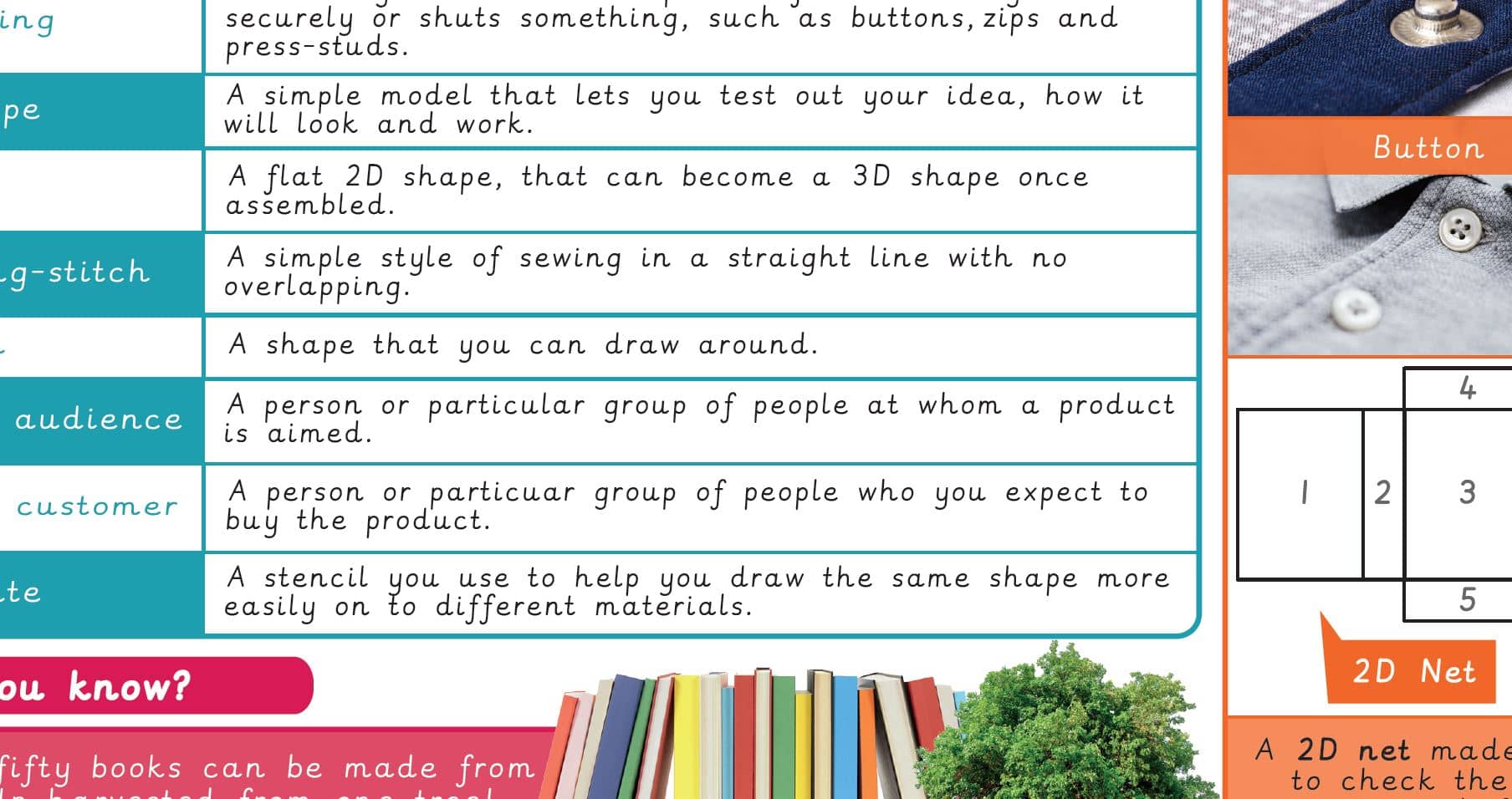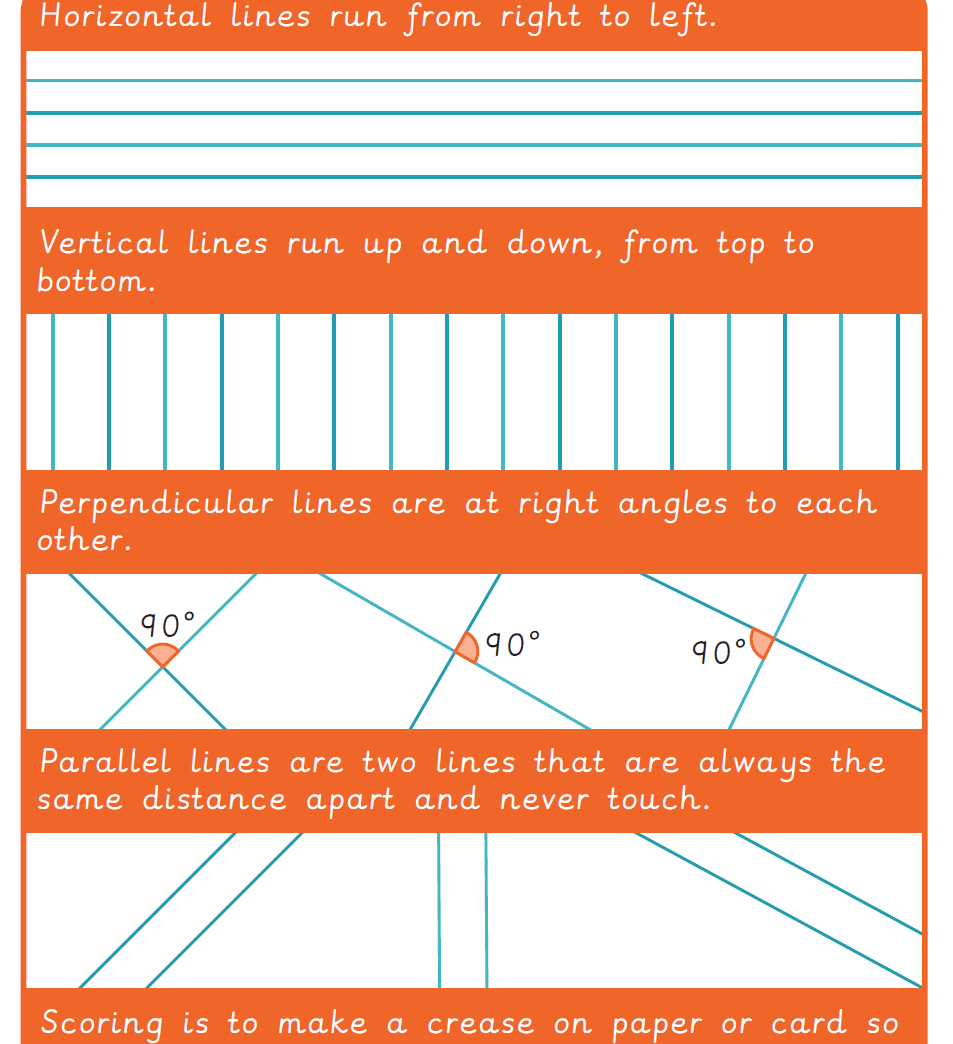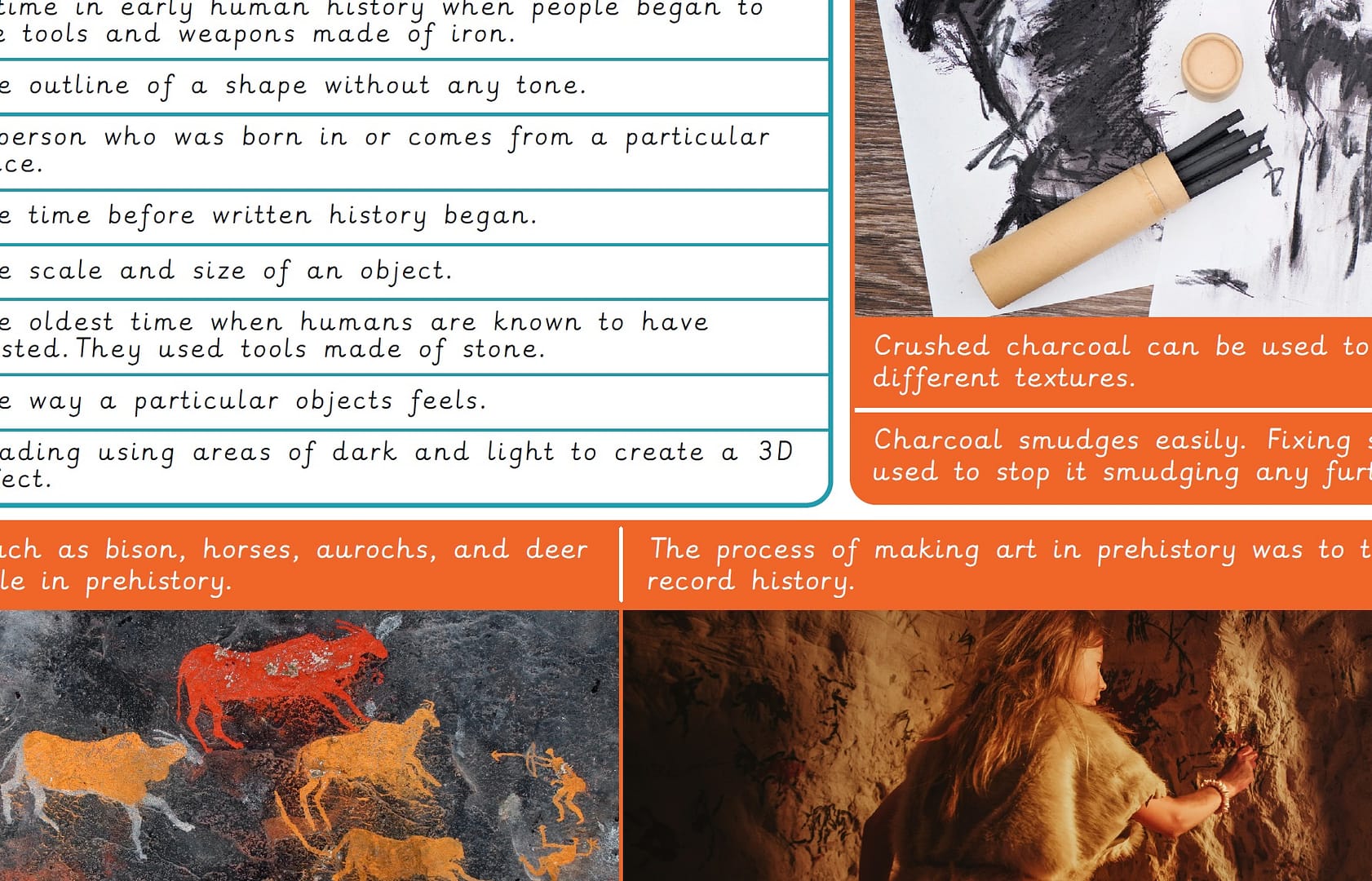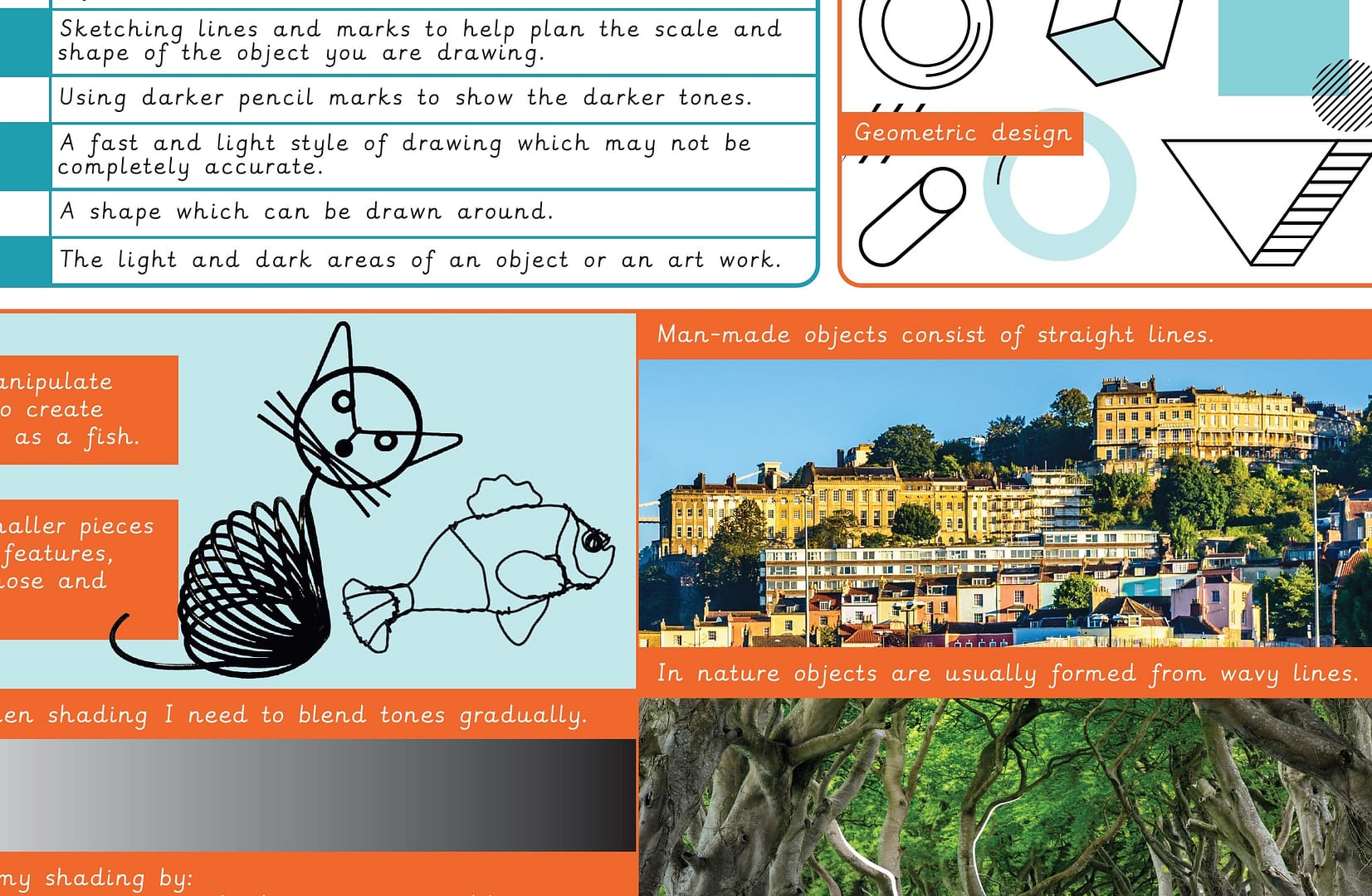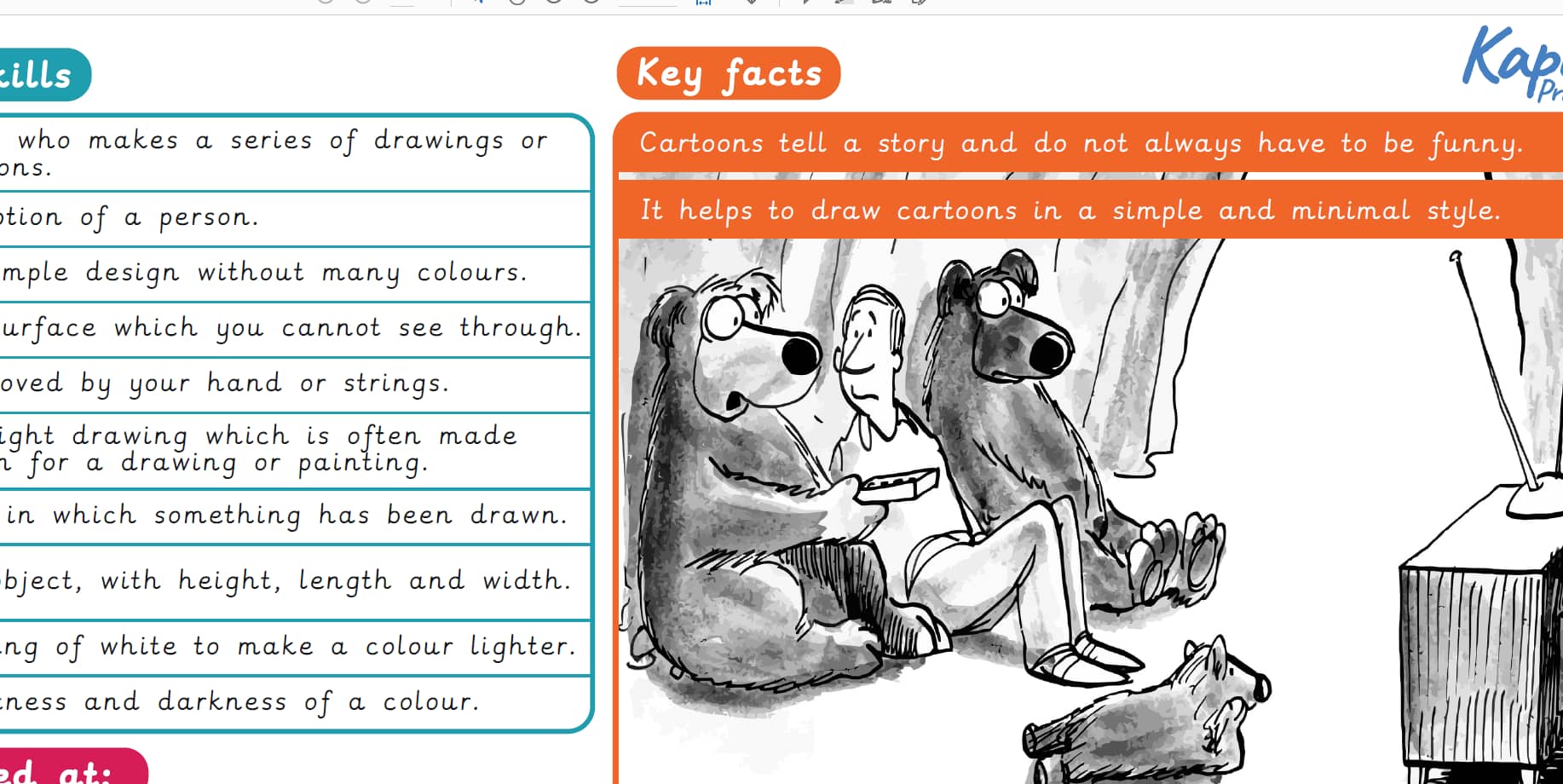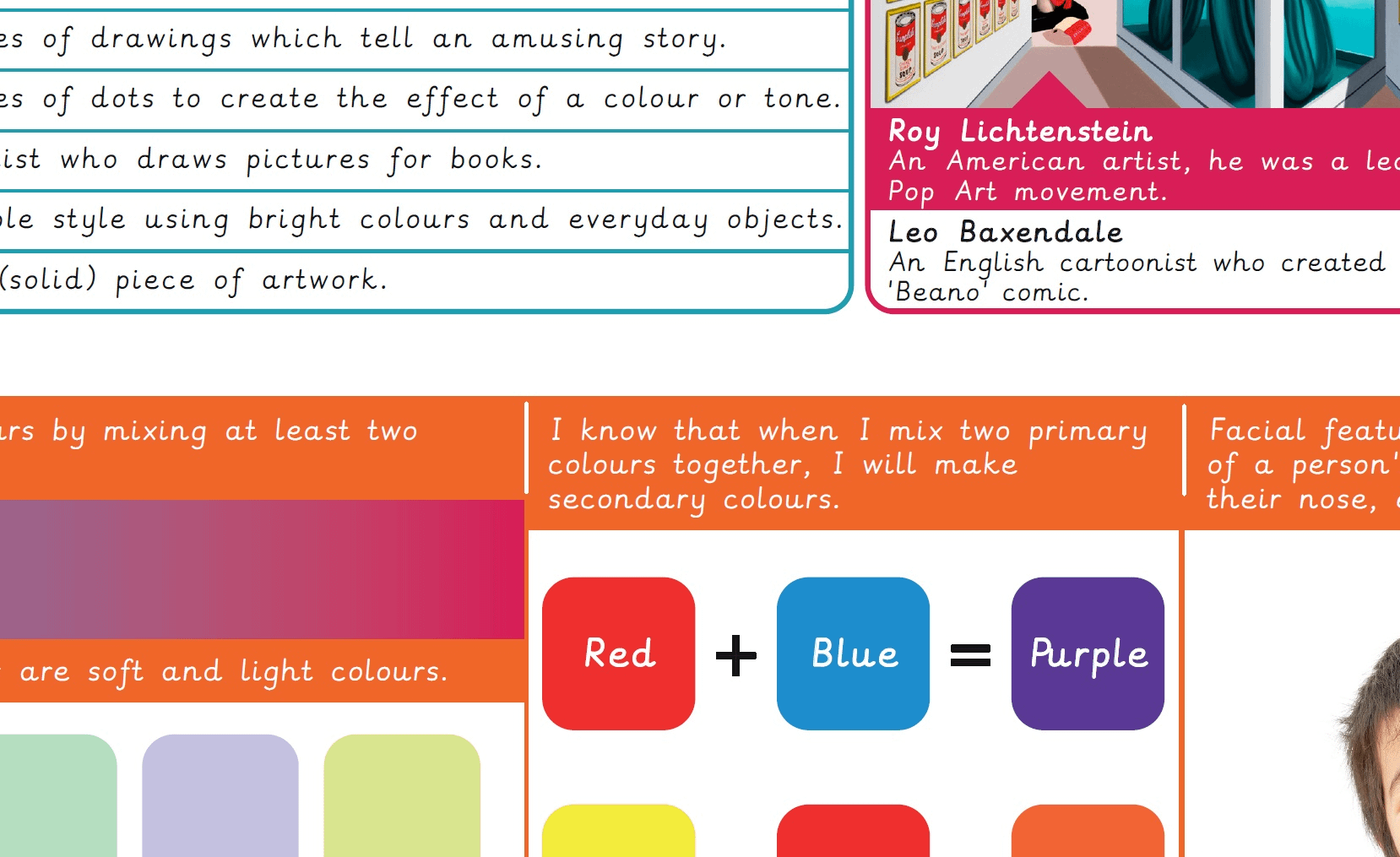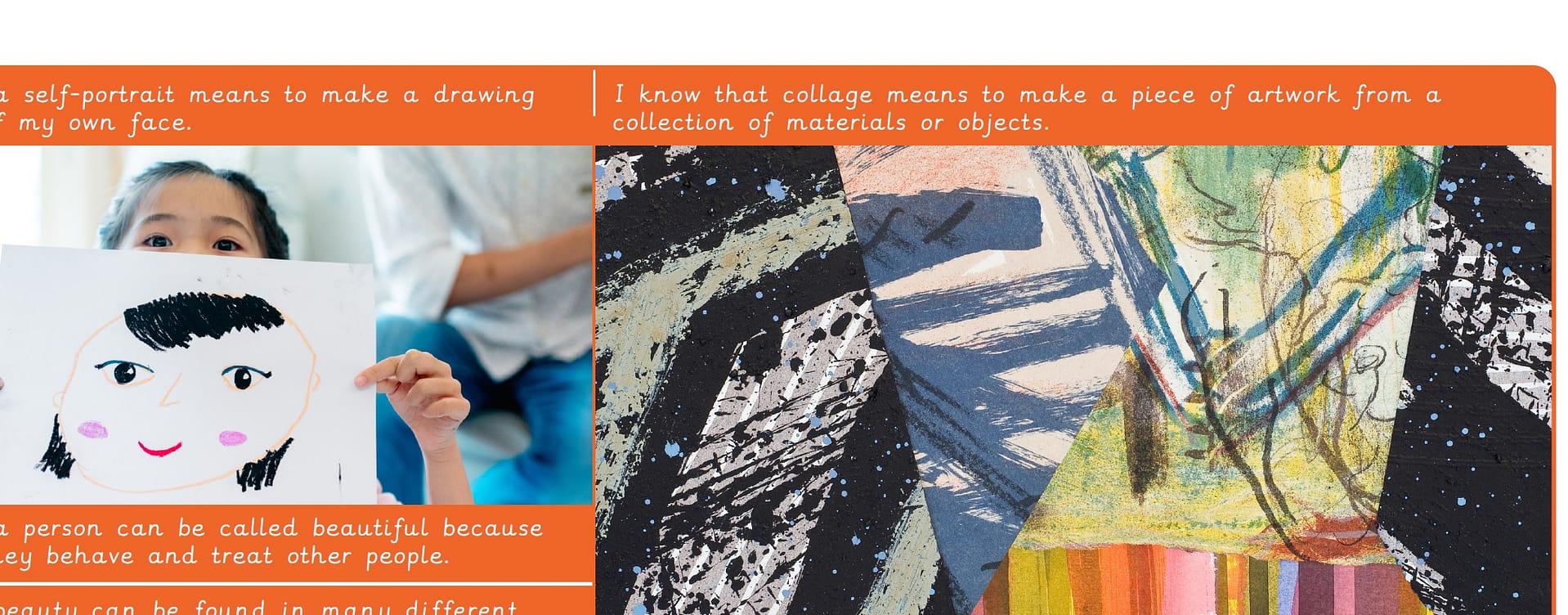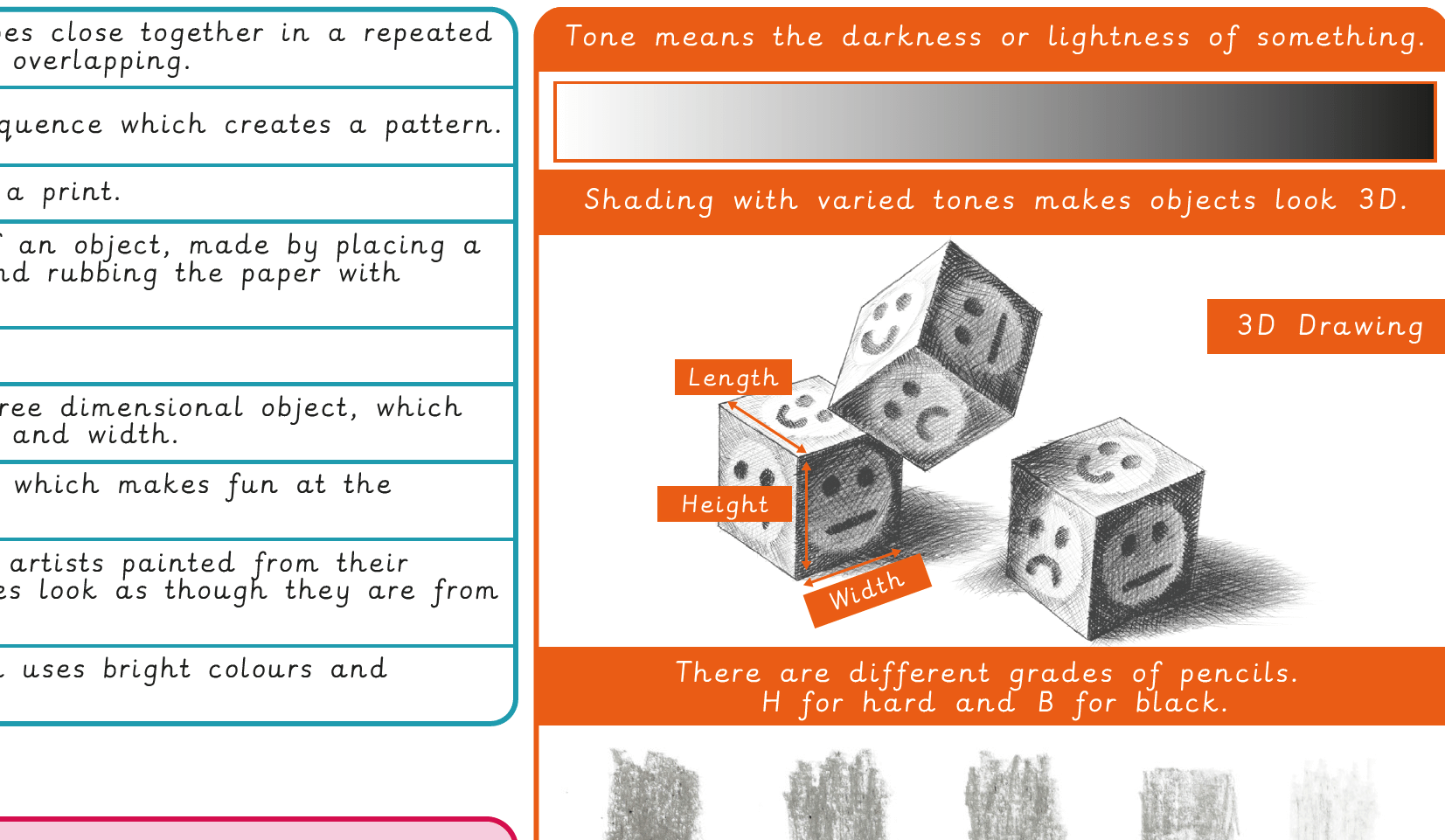Teaching resource: Knowledge organiser
Archived – Knowledge organiser: Art and design scheme – Y4: Skills
A Knowledge organiser that captures the essential knowledge and skills learnt throughout the unit Archived – Art and Design, Year 4, Art and design skills.
This resource is designed to support pupils in developing a wide range of technical and conceptual art skills through the exploration of key terms such as optical illusions, lenticular prints, and thematic storytelling. It introduces concepts including vertical, horizontal, parallel, and perpendicular lines, alongside the technique of scoring. Pupils also study the work of notable artists such as Giorgio Morandi, Barbara Hepworth, Paul Cézanne, and Luz Perez Ojeda, encouraging reflection on different styles and media including sculpture, still life, and digital photography. The organiser fosters visual analysis, design vocabulary, and appreciation for both historical and contemporary artistic methods.
Archived – Knowledge organiser – Art and design Y4: Formal elements of art
A Knowledge organiser that captures the essential knowledge and skills learnt throughout the unit Archived – Art and Design, Year 4, Formal Elements of Art.
This resource is designed to support the pupils as they explore the fundamental elements that make up artistic compositions. It introduces key vocabulary such as texture, pattern, reflection, symmetrical, and abstract, helping the pupils understand how artists use these elements to create balance, contrast, and movement in their work. The pupils will also learn about different materials such as charcoal and printing blocks and how they can be used to produce unique artistic effects. It is perfect for consolidating essential knowledge and encouraging creativity. The pupils will experiment with mark-making, symmetry, and different techniques to create their own abstract compositions while developing their observational and technical skills.
Archived – Knowledge organiser: Original Art and design scheme – Y3: Prehistoric art
A Knowledge organiser that captures the essential knowledge and skills learnt throughout the unit Archived – Art and design, Year 3, Prehistoric art.
This resource introduces pupils to the world of prehistoric art, focusing on how early humans used visual expression to tell stories, record history, and communicate. It highlights key vocabulary such as “charcoal”, “tone”, and “texture”, while exploring the significance of cave art created 10,000 to 20,000 years ago. Pupils learn about drawing materials like charcoal made from willow twigs, techniques for smudging and fixing, and the natural pigments used by early artists. The organiser also supports understanding of key artistic elements including geometric shapes, line drawings, and proportions, giving pupils a strong foundation in both art history and technique.
Archived – Knowledge organiser: Art and design scheme – Y3: Formal elements
A Knowledge Organiser that captures the essential knowledge and skills learnt throughout the now archived unit Archived – Art and Design, Year 3, Formal elements of art.
This resource is designed to support children as they explore the formal elements of art through drawing and sculpture. It highlights key vocabulary and skills such as shading, sketching, shaping wire, and recognising geometric and natural forms. Learners develop their understanding of tone, line and 3D form while building confidence in using art techniques and tools. It is perfect for consolidating essential knowledge and encouraging creativity and observation.
Archived – Knowledge organiser – Art and design Y3: Skills
A Knowledge organiser that captures the essential knowledge and skills learnt throughout the unit Archived – Art and Design, Year 3, Art and Design Skills.
This resource is designed to help pupils develop their drawing, painting, and illustration techniques. It introduces key vocabulary such as sketching, tint, tone, opaque, and three-dimensional, helping the pupils refine their artistic skills. The pupils will also explore different artistic styles and study the works of Carl Giles, Walt Disney, Diego Velázquez, and Sam McBratney, learning how artists create characters and visual storytelling.
Archived – Knowledge organiser – Art and design Y2: Sculpture and mixed media
A Knowledge organiser that captures the essential knowledge and skills learnt throughout the unit Archived – Art and Design, Year 2, Sculpture and Mixed Media.
This resource is designed to support the pupils as they explore how different materials and techniques can be used to create sculptures and mixed-media artwork. It introduces key vocabulary such as sculpture, blend, dot matrix, colour wash, and illustrator, helping the pupils develop an understanding of how artists use a combination of media to produce visually striking works. The pupils will also study artists such as Roy Lichtenstein and Leo Baxendale, learning about their influence on Pop Art and comic illustration. It is perfect for consolidating essential knowledge and fostering creativity by allowing the pupils to experiment with sculpture, painting, and illustration.
Archived – Knowledge organiser – Art and design Y2: Human form
A Knowledge organiser that captures the essential knowledge and skills learnt throughout the archived unit Archived – Art and Design, Year 2, Human Form.
This resource is designed to support the pupils as they explore different ways to represent the human form in art. It introduces key vocabulary such as self-portrait, sculpture, mixed media, symbolism, and collaboration, helping the pupils develop an understanding of how artists depict the human body and emotions through various techniques and materials. The pupils will also learn about contemporary artists such as Damien Hirst, Julian Opie, and Edwina Bridgeman, examining how they use unique styles to interpret the human form. It is perfect for consolidating essential knowledge and fostering creativity by allowing the pupils to experiment with drawing, painting, collage, and three-dimensional artwork. Through hands-on activities, they will explore how the human figure is represented in different cultures, such as in the Mexican Day of the Dead celebrations, and create their own interpretations using a range of artistic techniques. The unit encourages self-expression, critical thinking, and an appreciation for the diversity of artistic styles.

